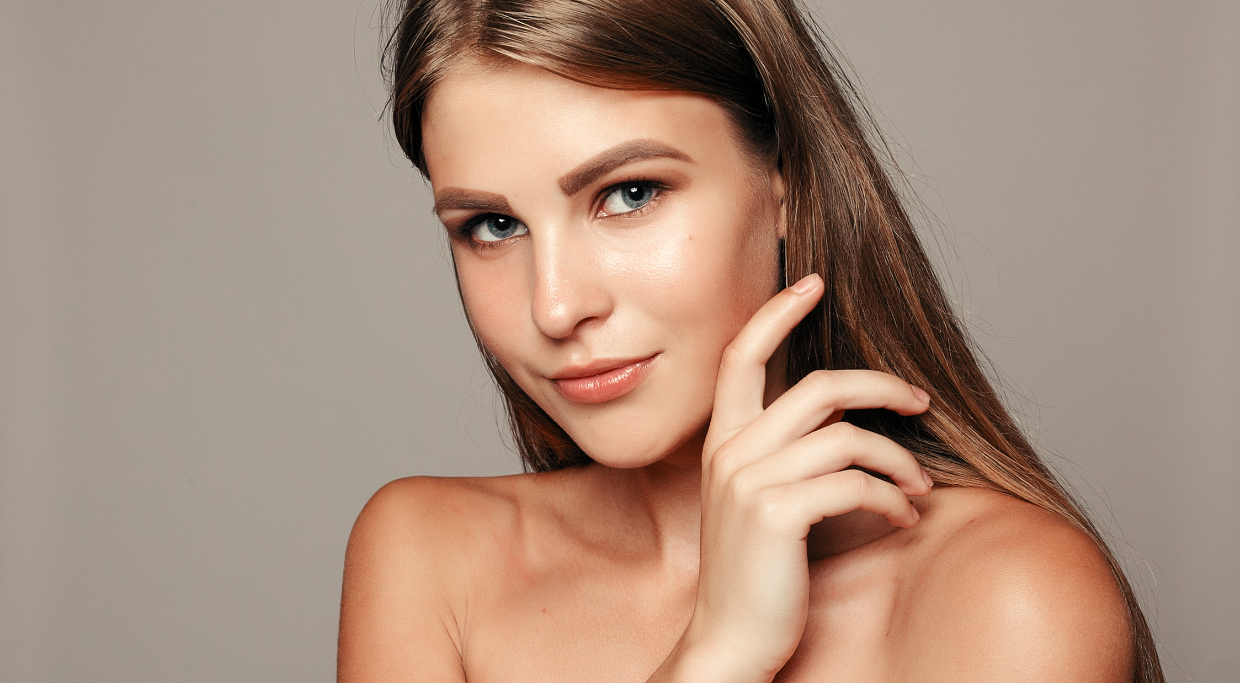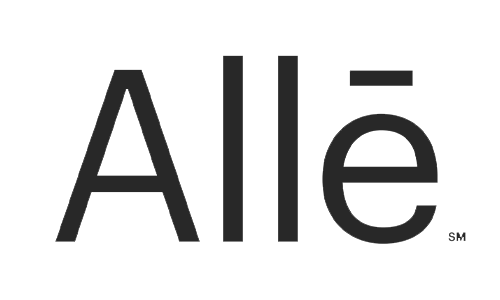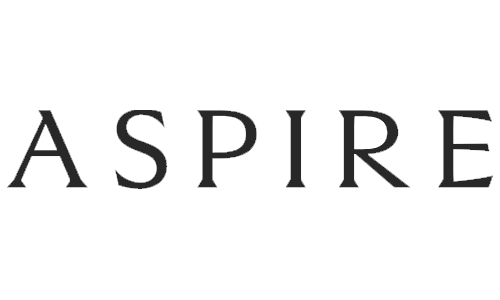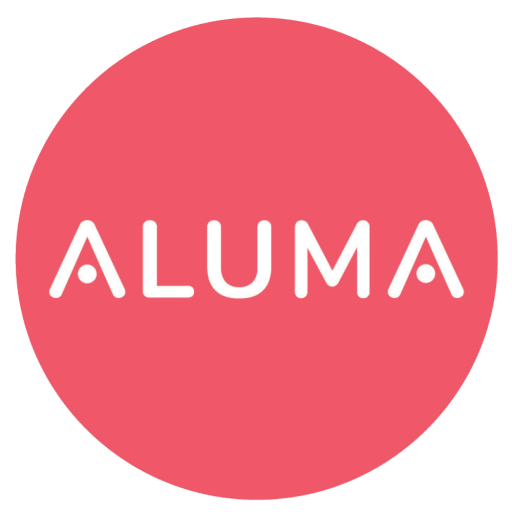Lately, collagen powder has surged in popularity due to its purported ability to revitalize skin and restore a youthful appearance. The market has boomed, offering consumers a variety of flavors, added boosts, and methods for mixing collagen powder into your daily routine. Some of our Aluma patients have incorporated collagen into their beauty regimen, and many others are curious if collagen supplements provide any benefit for skin and facial health.
The Research
A recent summary article published by Harvard Health Publishing on April 12, 2023, by Dr. Patel and Dr. Makredes Senna examined the efficacy of collagen supplements for improving the health and appearance of skin, nails, and hair. The authors found limited evidence that collagen supplements might positively impact skin elasticity and hydration based on a review of 19 studies published in the International Journal of Dermatology and a few small randomized controlled trials. They found less evidence supporting an improvement in nails from taking oral collagen and no studies examining improvements in hair from collagen supplements.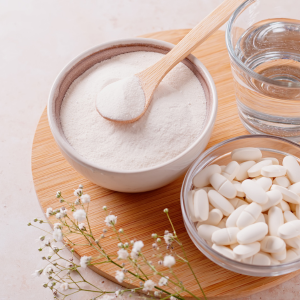
The lack of benefit from consuming collagen pills and powders is likely because collagen, in its original form, cannot be absorbed by our bodies. It must first be broken down into short chains of amino acids, which are then utilized to create new proteins throughout the body. The authors note, “Thus far, no human studies have clearly proven that collagen you take orally will end up in your skin, hair, or nails.”
The Cost-Benefit Ratio
Considering the average cost of collagen powder—around $50 for a month’s supply, totaling $600 annually—for a product with limited evidence of benefit to skin health, exploring alternatives is a good idea. If you are hoping to improve skin hydration, smooth wrinkles, and boost collagen production, there are other lifestyle modifications, products, and treatments with proven benefits.
Our suggestions to improve skin health and stimulate collagen:
- Avoid excess UV light exposure. Wear wide-brimmed hats, protective clothing, and sunscreen, especially during peak sunlight hours.
- Utilize topical retinoid creams. Retin-A and Tretinoin creams have scientifically proven benefits in decreasing skin hyperpigmentation, smoothing skin roughness, and increasing collagen and elastin production.
- Consider PRF microneedling and/or Sculptra treatments. Both are backed by clear research demonstrating increased skin collagen production following treatments.
- Schedule a Sculptra treatment. Sculptra is the trade name for the biocompatible molecule Poly-L-Lactic Acid (PLLA), which stimulates collagen production. The effectiveness of Sculptra for nasolabial folds was established in a randomized trial of 233 patients who were given up to four treatment sessions with either PLLA or human collagen. Patients treated with PLLA had significant improvement in nasolabial fold severity over baseline at all study time points, and improvement was superior to collagen at 3, 6, 9, and 13 months after treatment. Multiple other studies have supported the efficacy of PLLA for nasolabial folds, acne scars, facial asymmetry, and other cosmetic indications. (1,2,3)
- Try PRF Microneedling. Microneedling was originally known as percutaneous collagen induction. Multiple studies with histologic analysis have shown increased epidermal thickness, increased collagen types I to IV and VII, and increased thickness of elastin fibers following microneedling treatment. (4,5,6)
The Takeaway
While collagen powder has garnered attention for its potential skin benefits, current research suggests limited benefits. If you want to increase facial collagen content, there are other proven treatments backed by solid evidence, including topical Retin-A creams, PRF microneedling, and Sculptra.
Schedule a consultation today if you want to learn more about Sculptra or PRF microneedling in Portland, OR. Aluma is a physician’s office dedicated to personalized care, expert techniques, and results-driven treatments so that you can love the way you look at every age.
Journal Citations:
- Levy RM, Redbord KP, Hanke CW.Treatment of HIV lipoatrophy and lipoatrophy of aging with poly-L-lactic acid: a prospective 3-year follow-up study. Am Acad Dermatology. 2008;59(6):923.
- Beer K.A single-center, open-label study on the use of injectable poly-L-lactic acid for the treatment of moderate to severe scarring from acne or varicella. Dermatol Surg. 2007;33 Suppl 2:S159.
- Onesti MG, Troccola A, Scuderi N. Volumetric correction using poly-L-lactic acid in facial asymmetry: Parry Romberg syndrome and scleroderma. Dermatol Surg. 2009;35(9):1368. Epub 2009 Jun 3.
- Fernades D, Signorini M. Combating photoaging with percutaneous collagen induction. Clinical Dermatology. 2008; 26(2):192-199.
- Mujahid N, Shareef F, Maymone MBC, Vas i NA. Microneedling as a treatment for acne scarring: a systematic review. Sacrs Burn Heal 2019;5:2059513119880301.
- Ibrahim ZA, EI-Ashmawy AA, Shosa OA. Therapeutic effect of microneedling and autologous platelet-rich plasma in the treatment of atrophic scars: a randomized study. J Cosmetic Dermatology. 2017;16(3):388-399.

